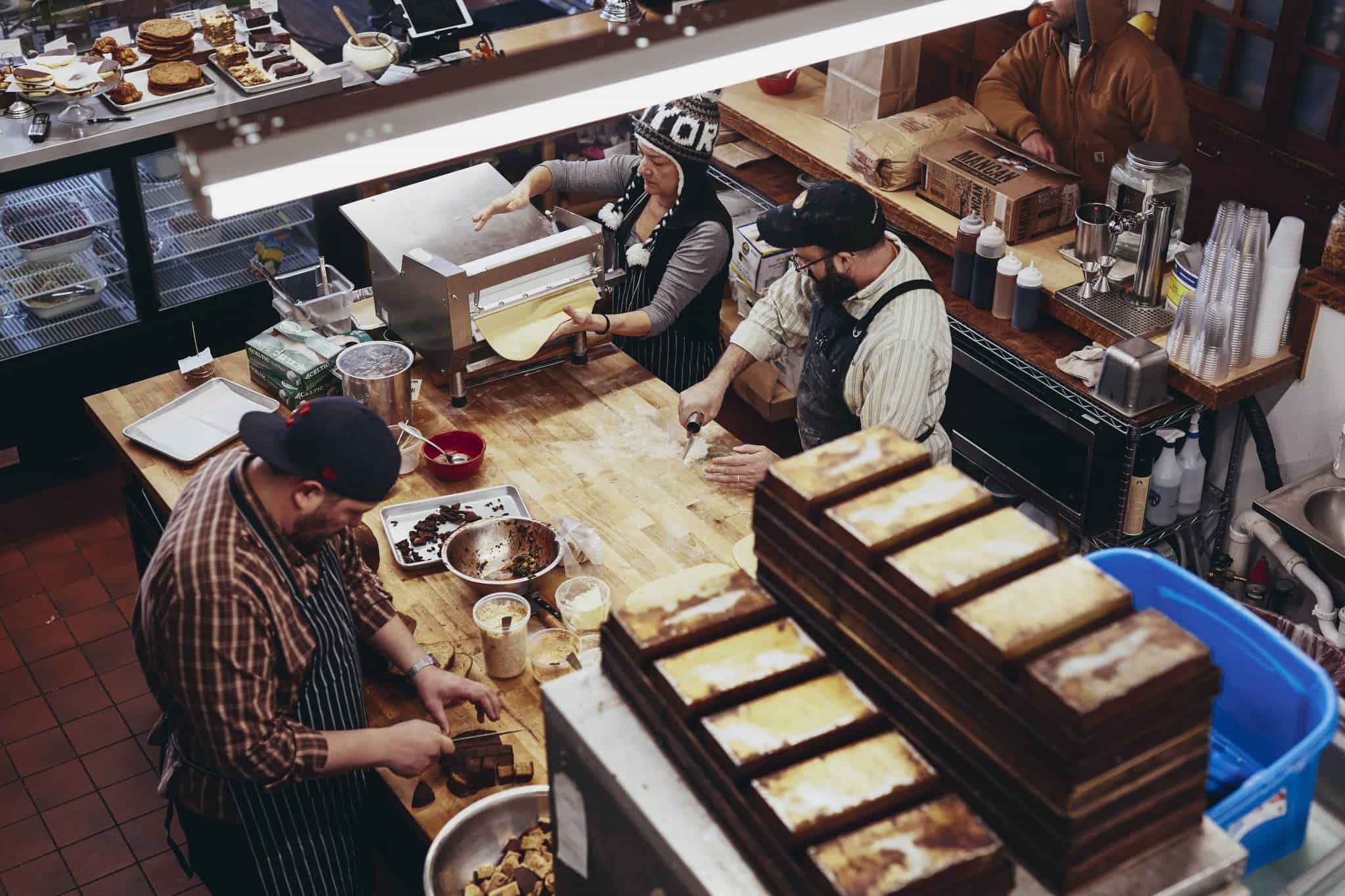On the shore of Lake Erie, Cleveland is one of America’s most up-and-coming cities. Once nicknamed “the mistake on the lake” after the Cuyahoga River famously caught fire in 1969, the Ohio city is now home to several major sports teams, the second biggest theatre district in America, the Rock ‘n’ Roll Hall of Fame, a world-class art museum, and a food and drink scene to rival even the USA’s most fawned-over cities and states.
A city with long-standing industrial ties, Cleveland is also home to a wealth of innovative craft beer breweries. The most well-known, Great Lakes Brewing Company officially opened in 1988, leading the way for the local beer scene’s exponential growth, with more than 80 brewers now operating across Northeast Ohio – over 20 of which are based in Cleveland.
Run by husband-and-wife duo Leslie Basalla-McCafferty and Brian McCafferty, the Cleveland Brew Bus offers the best opportunity to explore the city’s breweries. Purchased from the original owners (Bob and Shelle Campbell) in 2015, after Leslie and Brian had worked for them as tour guides for a year, the bus offers eight different routes, working with around 25 breweries.
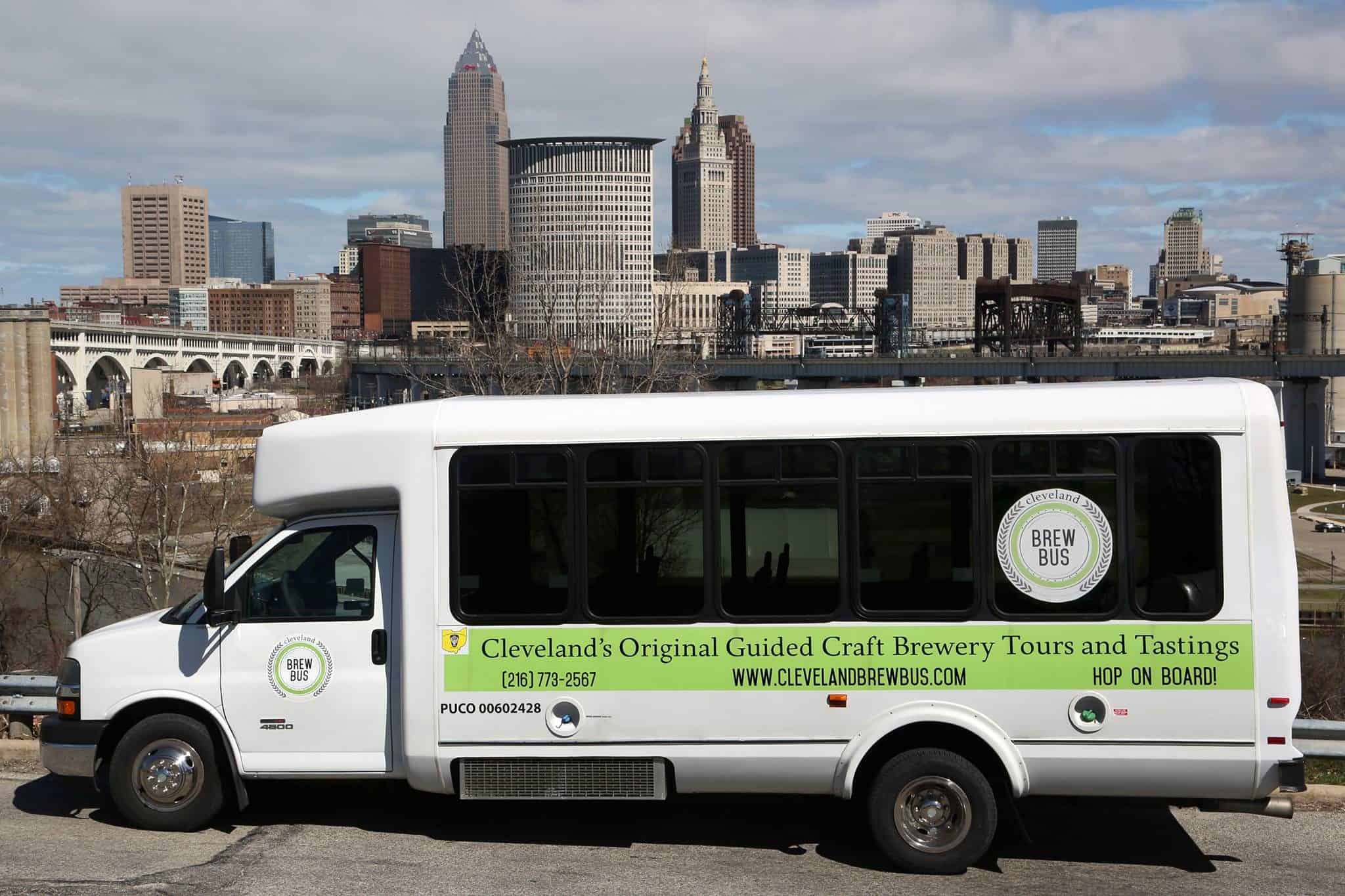
Throughout these tours, the pair offer a fun, insightful look into the city’s craft beer scene, visiting a selection of breweries and educating guests, helping them to understand how beer is made and to differentiate between beer styles, while offering behind-the-scenes looks at some of the area’s best breweries, with Leslie demonstrating her expertise in all things beer: co-author of ‘Cleveland Beer: History and Revival in the Rust Belt’; a Certified Beer Steward through the Master Brewers Association of the Americas, and a Certified Beer Server through the Cicerone Certification Program.
Occupying a site in the Ohio City neighbourhood, an area that was almost desolate in 1988, Great Lakes Brewing Company continues to operate from its 19th Century building. Fronted by a brewhouse, the building was once home to the Market Tavern, a popular hangout for local politicians during the 1930s, including Eliot Ness, who was Cleveland’s safety director at the time. To this day, Ness is celebrated within one of the brewery’s core beers, Eliot Ness Amber Lager, described as “almost untouchably smooth”.
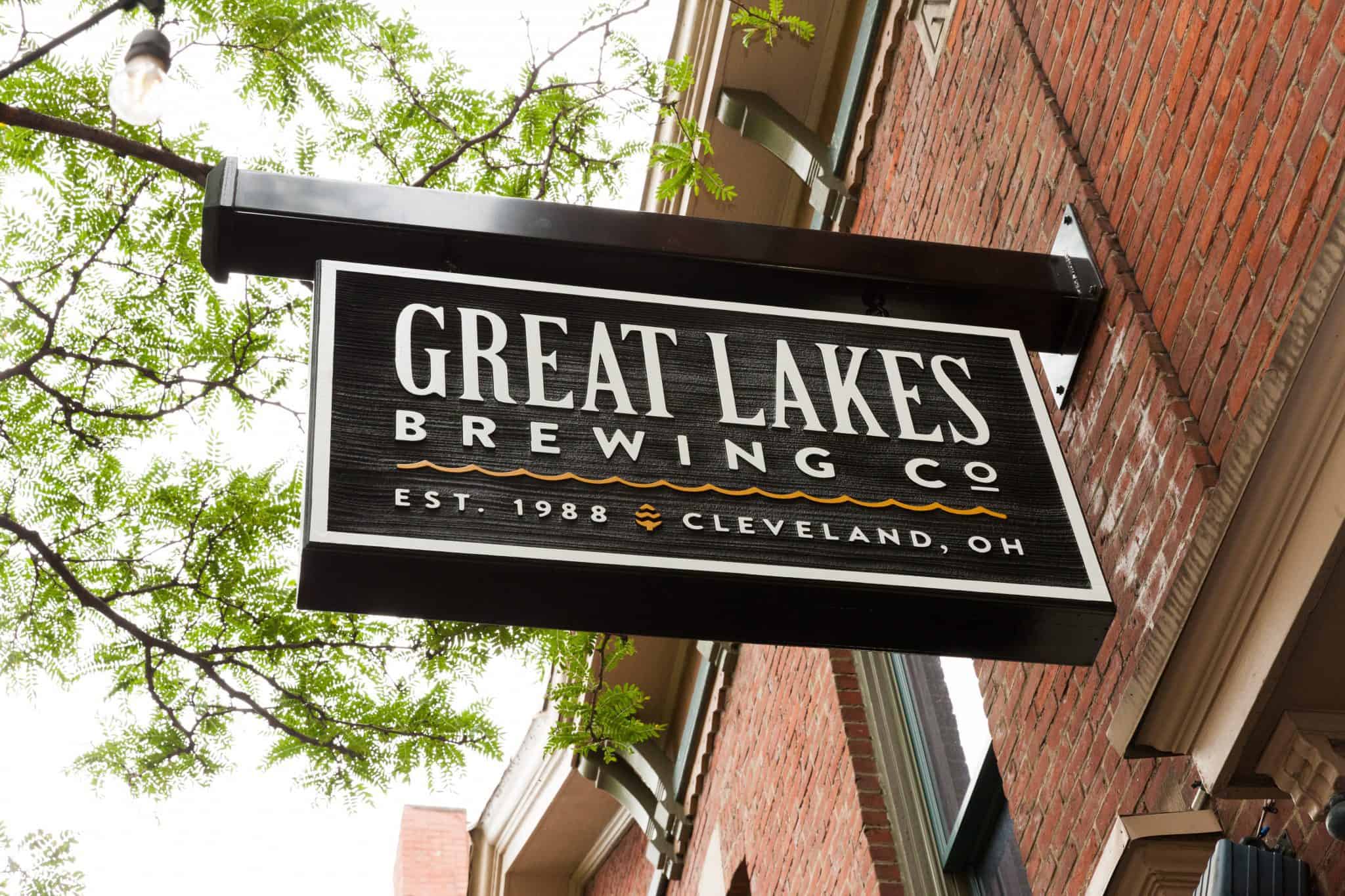
A short walk from Great Lakes, Market Garden Brewery opened in 2011. Here, sessionable, approachable beers are the key focus, with Cleveland-based ingredients utilised as often as possible. The Christmas beer (Festivus) is especially popular. Just next door, the historic West Side Market is a must-visit and an ideal place to grab a snack. The city’s oldest continuously operating, municipally owned market, the West Side Market offers a wide selection of fresh meats, cheeses, poultry, seafood, baked goods, and booths selling hot food to-go – with vendors reflecting Cleveland’s cultural diversity. Highlights include Pierogi Palace, specialising in pierogies as well as potato pancakes and noodles; Orale! Contemporary Mexican Cuisine; and Theresa’s Bakery – a family-owned business that serves over 17 varieties of cannoli and 30 kinds of bread.
Just down the road, Bookhouse Brewing offers something a little different. Here, the relaxed taphouse is cosy with bookshelves lining the walls: the ambience not too dissimilar to a classic British pub. On tap, their West Coast-style IPA is a must-try, as are their goses and saisons. Closer to Downtown, Noble Beast Brewing Co. benefits from Cleveland Browns footfall after Sunday afternoon games. Set up by brewer Shaun Yasaki and James Redford, Noble Beast is one of the city’s most interesting brewpubs. Try the superlative altbier and specials which may include the likes of Grodziskie – a Polish beer brewed with oak-smoked wheat malt.
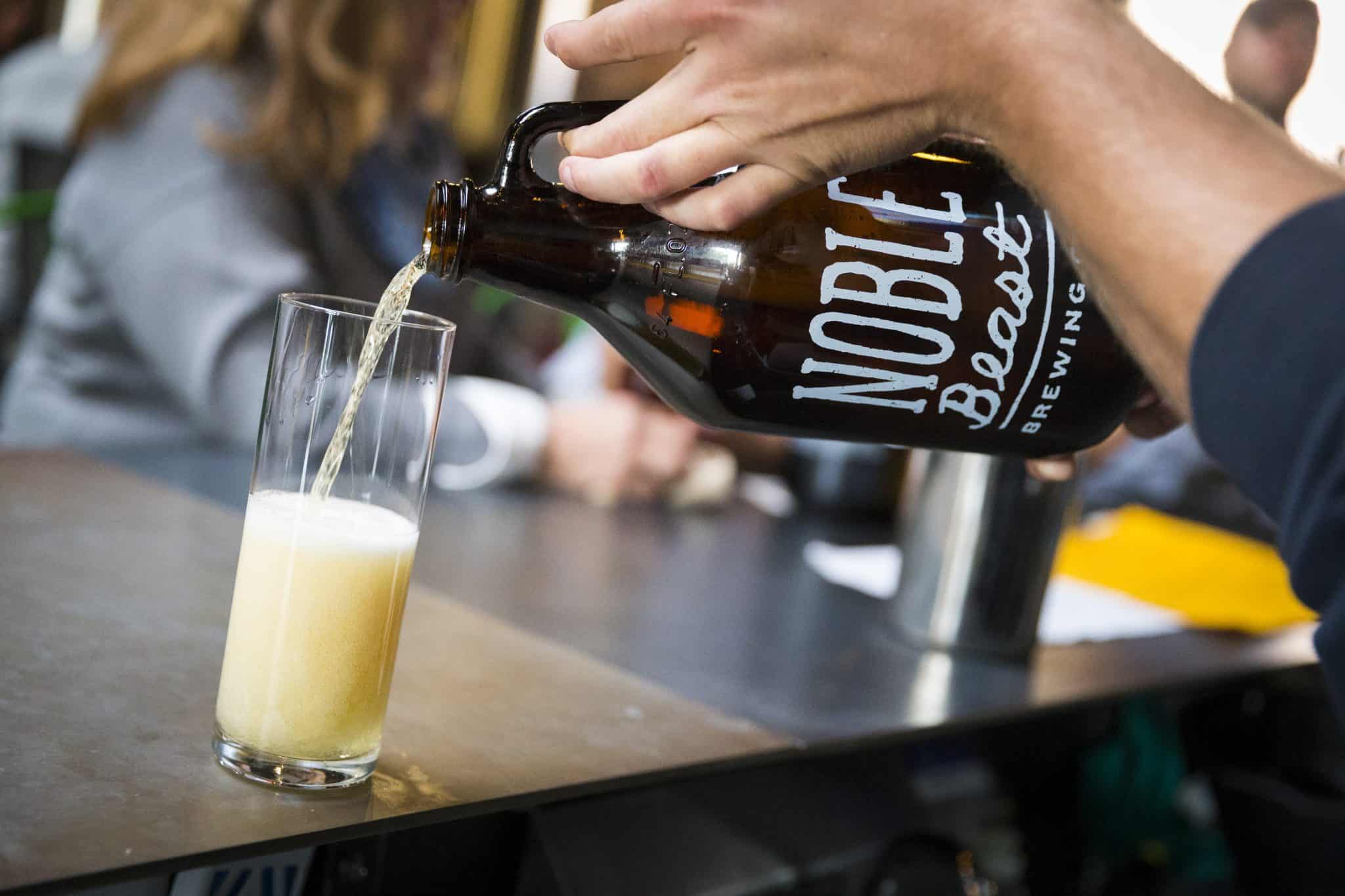
In addition to the city’s thriving craft beer movement, the local food scene is also booming – although still criminally underrated on a national scale. Since opening Lola in Tremont during 1997, Cleveland-born chef Michael Symon is generally considered in part responsible for the rapid increase in serious food and drink establishments that followed. In a 2017 article for Thrillist, Douglas Trattner even suggested the city’s food scene played a significant part in bringing Cleveland out of a decades-long recession.
Symon continues to operate a number of restaurants across the city, with Mabel’s BBQ his latest, spearheading a style of Cleveland barbecue, paying homage to the eastern-European immigrants that began to arrive in the mid-1800s, bringing kielbasa, sauerkraut and pierogi to north-east Ohio. Other restaurants of note include Collision Bend Brewing on the banks of the Cuyahoga, serving endearing comfort food and around 12 of their own beers, each named for the city in one way or another.
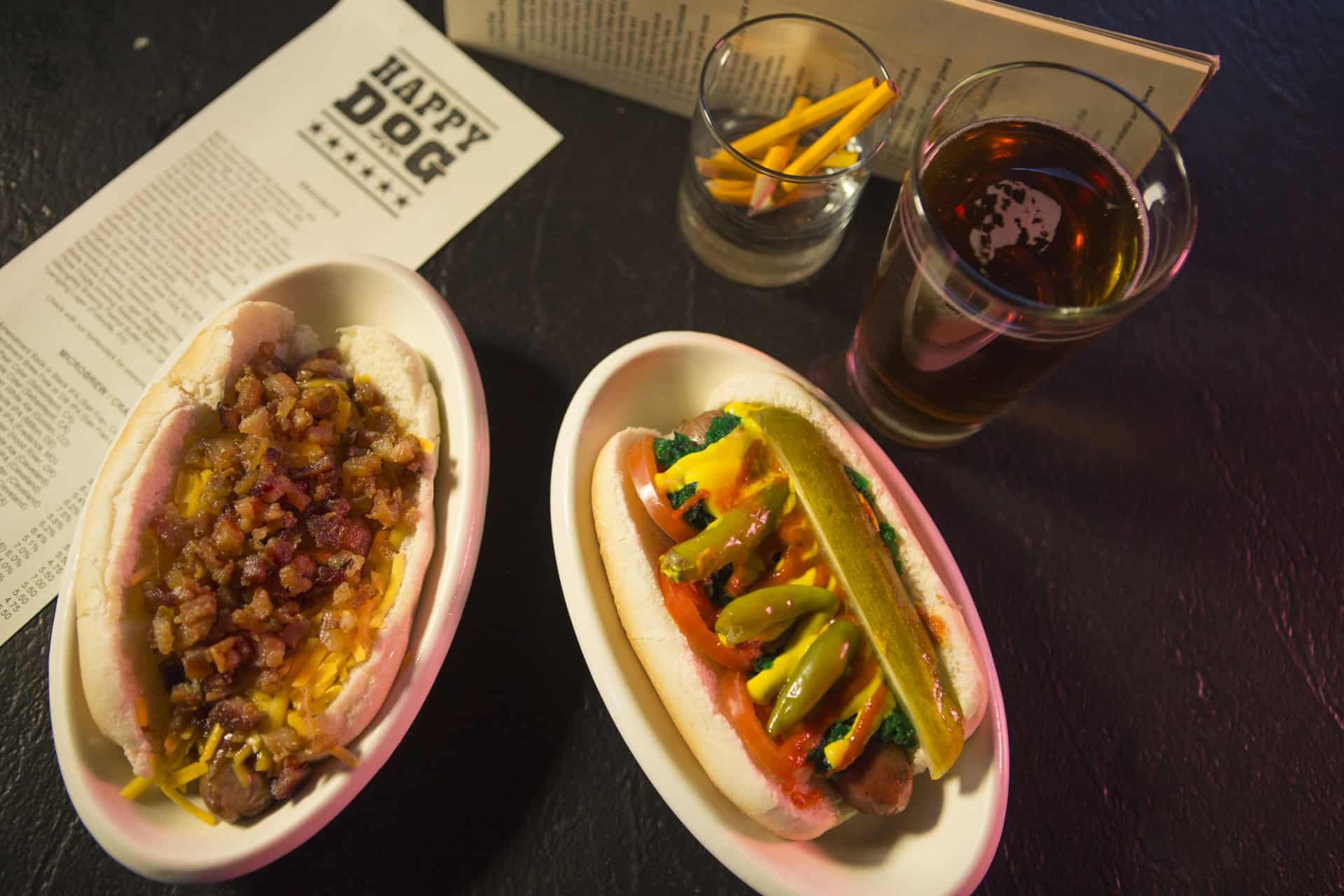
Happy Dog, meanwhile, is a dive bar-style restaurant serving around 20 beers on tap, plus hot dogs with a wide variety of toppings. Play it safe with mustard, onions and maybe some chilli; or experiment with unusual ingredients such as Froot Loops, Spaghetti Os, or Cheetos. A beef sausage with peanut butter was recommended by an Egyptian taxi driver: a man of good taste. Otherwise, casual establishments such as Saucisson and Larder Delicatessen and Bakery are quietly setting Ohio’s food scene on fire from their own corners of the city.
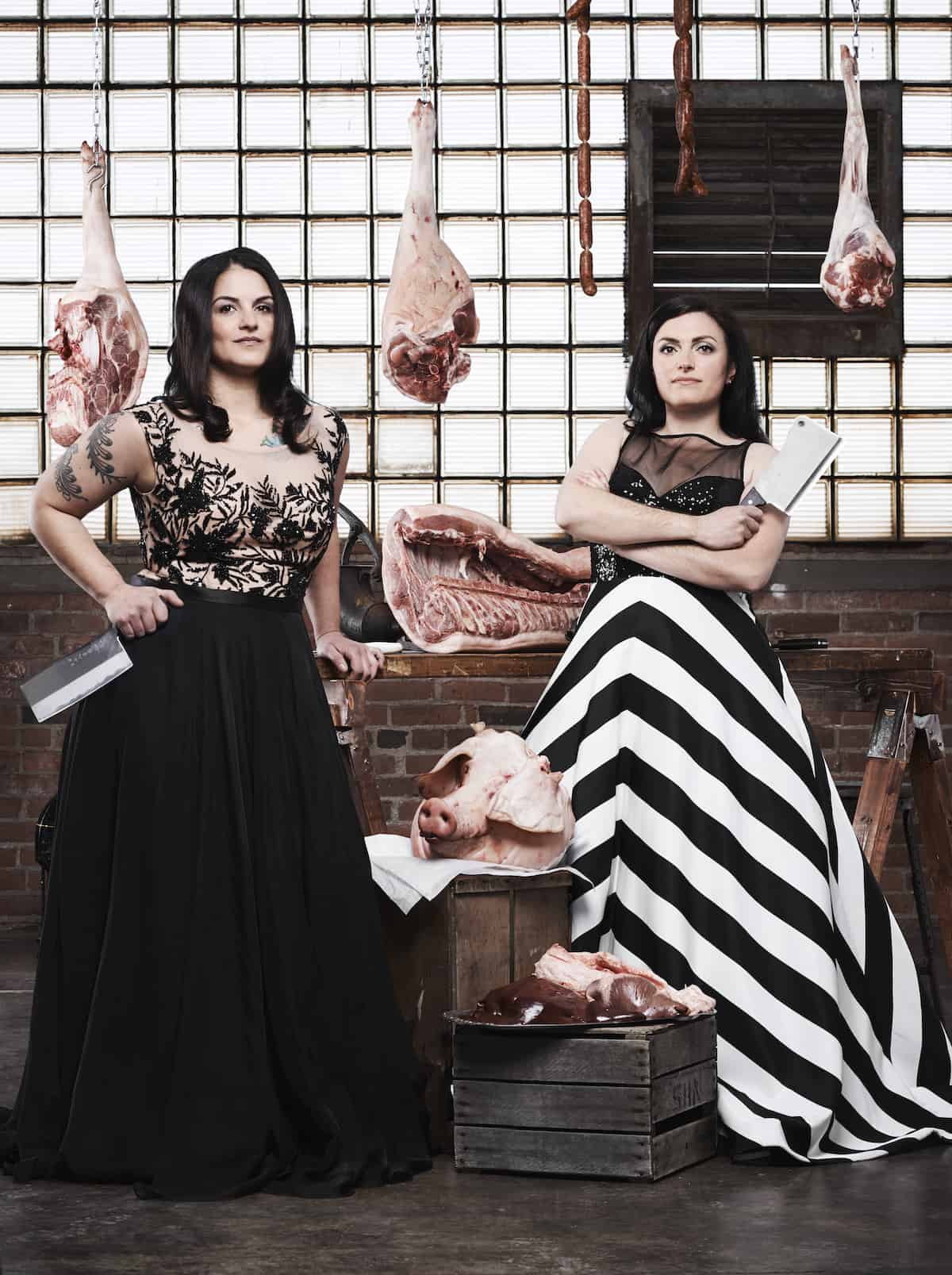
Joining a clutch of artisan producers in the neighbourhood, Saucisson is a butcher shop in Cleveland’s Slavic Village. Dubbed ‘The Lady Butchers’, long-time friends Melissa Khoury and Penny Barend operate the fully-functioning butchery in an industry still dominated by men, rampant with toxic sexism. Whole beasts are sourced from small, family farms in Ohio and butchered on-site – with wholesale meat also sold to a number of local restaurants. A prominent nose-to-tail approach is also adopted. Stocks are made from bones; fats are rendered and used for cooking; offal is utilised in creative ways; and all of the shop’s products are free from nitrates, preservatives, and celery. “We want to make food that is transparent and honest, true to what it is and ourselves,” explains Penny Barend.
Beginning life as a farmer’s market staple in 2013, the business eventually grew into the retail shop, with Penny Barend soon joining Melissa Khoury at the shop after various visits to Cleveland from San Diego, California. “It was awesome to see what she was up to, but the weather had me thinking Cleveland could only be for a short term thing, maybe to help her own a retail shop when she got to that point. By the end of April I was driving across the country to become part of Saucisson, full time.”
Having learned to cut fish on family camping trips in British Columbia, Barend found her passion for food, eventually beginning to hone her skills working in various kitchens through college. She continued to work in restaurants with in-house butchering programs, eventually meeting Khoury while the pair were working as line cooks at a restaurant in Orlando, Florida.
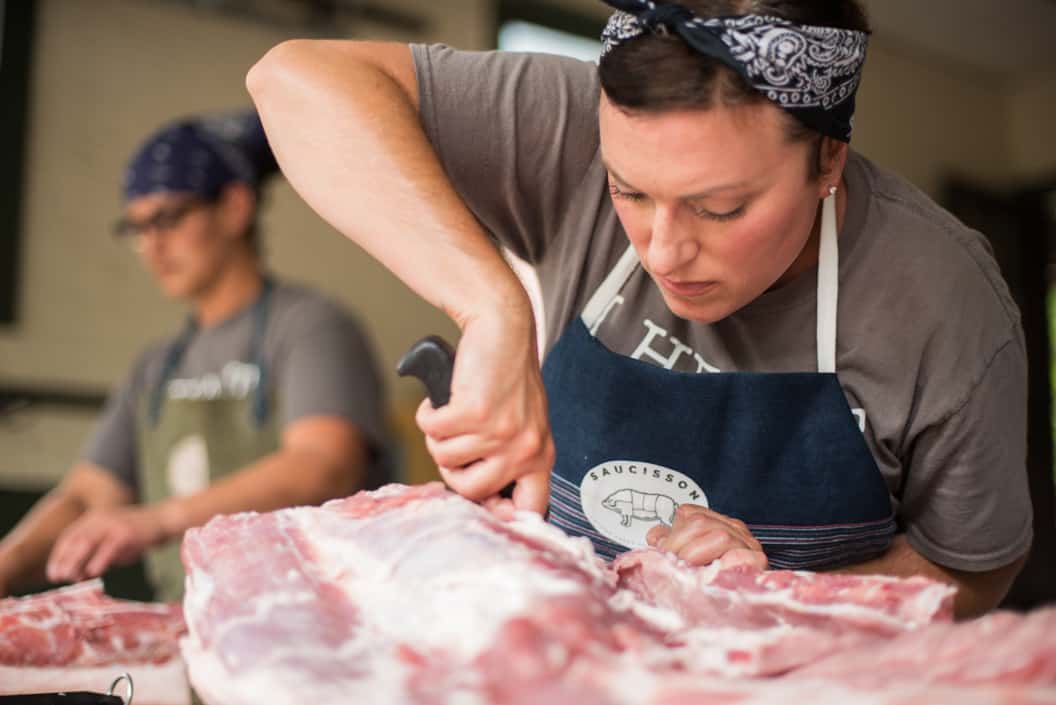
After a string of successful Saucisson pop-ups, the location was chosen on purpose, hoping to give the business a real neighbourhood feel. “This neighbourhood is on the up-swing with new business and home ownership opportunities available to young professionals. The cost of living here is very reasonable and the food scene was really blossoming at the time, it seemed like the right move,” says Barend. “The city has a rich history of sausage making, many of the old school butchers have long since retired and it made sense. Cleveland is quite the meat centric city.”
In addition to the meats, Saucisson also typically serves lunch specials from Thursday-to-Saturday, available to eat in at one of the handful of tables, or to takeaway. Top picks include gargantuan boards of charcuterie prepared in house, with the pair particularly renowned for their sausages (hence the name), offering over 35 varieties. Elsewhere, Saucisson’s mortadella is free from nitrates, with the intensity of flavour unexpected from the misleading grey appearance. Their brawn (or ‘head cheese’), on the other hand, is also exemplary – with a spot-on pork-to-jelly ratio, flecked with pistachios. The shop’s pickled grapes are another revelation, rife with bay, mustard seeds and a gentle hum of chilli.
Looking to the future, Penny Barend says: “Melissa and I plan to continue to grow Saucisson by getting some products into local grocery stores and to distribute to more restaurants and food service operations. We also hope to continue to see Slavic Village grow and have our retail business open more than three days a week, currently Thursday-Saturday, from 11am-7pm, and once a month on Sunday for Butcher Shop Brunch, from 10am-2pm. We want to employ more people in our community and grow our business sustainably.”
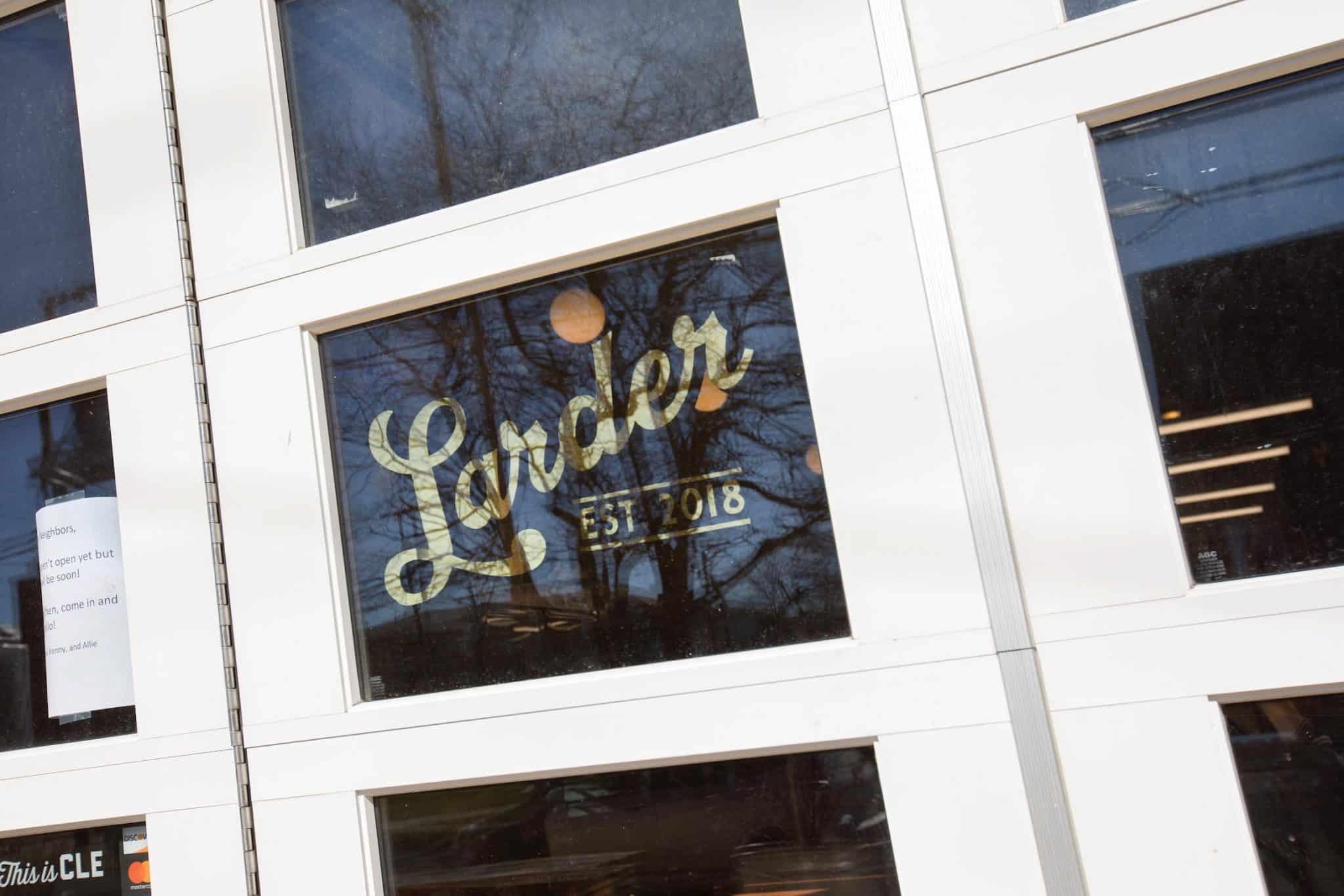
Another similarly casual establishment, Larder Delicatessen and Bakery was opened by chefs Jeremy Umansky, Allie La Valle-Umansky, and Kenny Scott in 2018, blending the old world atmosphere of traditional Jewish delicatessens with modern takes on their key staples.
“We wanted to be sure that we could create a delicatessen that would be reflective of what you would have found over 100 years ago,” says Jeremy Umansky. “We wanted to focus on making all of our own pickles, cured meats, breads, and baked goods. We feel that this original style of delicatessen was corrupted by World War II and industrialisation (which led to homogenised foods and foodways) which transformed the delicatessen into what we now call a deli.”
Here, everything is made from scratch, while Allie La Valle-Umansky produces baked goods, including breads such as braided challah, rye, and spent-grain amazake buttermilk bread. The menu changes regularly, due to hyper seasonality, and is displayed on a chalk board. “We decided that not only would we make all of our food from scratch, from vinegar to salami, but we would also hone in on cultural traditions and local and indigenous foods and foodways found in our area,” Jeremy continues. “We also decided to embrace seasonality and only serve foods that we could obtain within our region around the Great Lakes.”
Housed in an 1854 fire station, almost 80 per cent of the interior fixtures are salvaged or reclaimed, with the original fire poles and arched horse passageways remaining. Elsewhere, dark antique cabinets are filled with countless jars of pickles and ferments, accessed by a rolling library ladder. These pickles and ferments are a prominent feature throughout the entire operation: with Umansky’s passion for foraging and fermenting discussed with almost religious fervour.
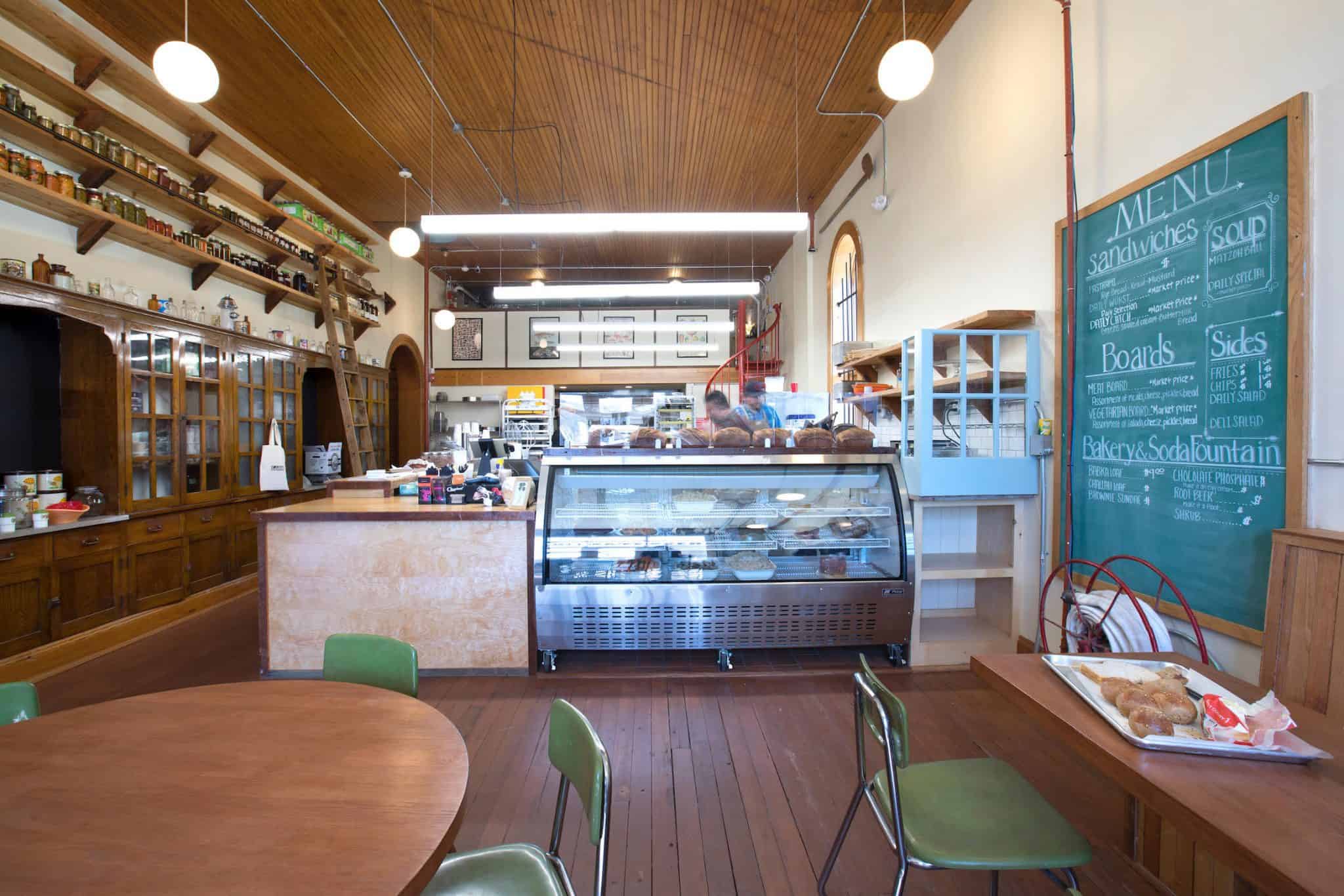
“These foods, wild sourced and preserved or fermented, are the foods that have sustained humanity since we were infants being nourished in the cradle of civilisation,” he says. “Due to various factors brought on by both the Industrial and Green revolutions we had begun to lose knowledge needed to continue to create these foods. We wanted to be able to show people that these foods are as relevant as ever and that they have, and will always have, a place on our plates.”
Later this year, the chef will release ‘Koji Alchemy’, a book co-authored with miso master Richard Shih, specifically based on Koji – a Japanese culinary mould most famously used in soy sauce, miso and sake production. Moreover, ‘Koji Alchemy’ will be the first book in English solely devoted to the mould.
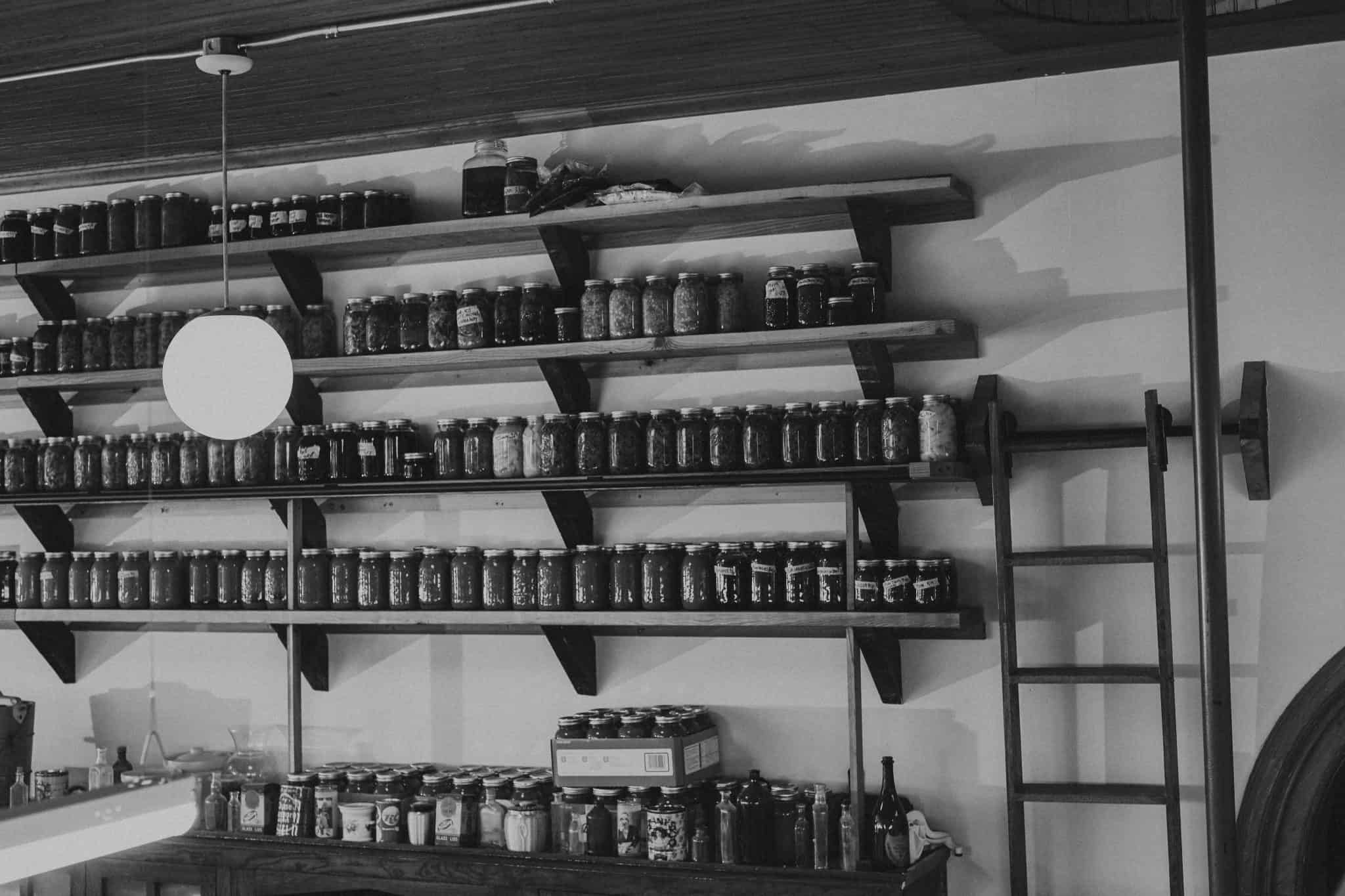
Both Jeremy and Richard have developed new uses for koji, which includes producing charcuterie. Larder’s pastrami, for instance, is cured and tenderised using koji – cutting the entire process from around one week (or more) to just 48 hours. The mould is also used in both meat and vegetable ‘charcuterie’ – highlights which are showcased in huge boards loaded with treats.
Particular stand-outs include lamb cured in the style of ham; various terrines; paper-thin slivers of cured brisket fat (like lardo with greater flavour intensity); vinegar-kissed hunks of Japanese melon or green beans; and plays on charcuterie using vegetables such as carrots and beetroot, which are absolutely inspired. Additional highlights include the gefilte fish – like a cross between a marine meatloaf and terrine: flavoursome but not overwhelming as is common; house-cured lox made with trout; and heaps of caviar, favouring large orange eggs.
Larder’s fried chicken sandwich, on the other hand, is one of the best I’ve ever eaten – and there have been many. A de-boned thigh is brined in buttermilk and amazake, then fried twice until perfectly cooked, cloaked by a craggy, generously seasoned batter, sandwiched into a house-made bun dusted with sesame seeds and complete with foraged greens and pickled onions. An absolute triumph, ideally enjoyed with a side of their exemplary potato salad and one of the drinks which are made in-house, adhering to classic deli tradition. These include the likes of egg creams, phosphates, and non-alcoholic shrubs. The celery soda is especially delicious – herbaceous and refreshing. Overall, along with that served at Saucisson, it’s one of the best meals I’ve eaten in months, if not years.
Towards the end of lunch, Jeremy sits down to talk about his city. Alongside the food, and topics such as foraging and fermenting, his enthusiasm for Cleveland is palpable. “Cleveland is a fantastic place to live, work, raise a family, and vacation. It’s located on the Great Lakes which gives it the appeal that many coastal locations have in terms of recreational activities and natural beauty,” he says. “[It’s] what I consider to be one of the richest cultural epicentres in America. Thriving Latino, Asian, Eastern European, Italian, and North African communities allow for culturally diverse eating, drinking, entertainment, and shopping.
“Cleveland literally has it all, and is a great place to turn your dreams into a reality!”
Direct flights from the UK to Detroit are available with Delta Virgin Atlantic. For more details visit delta.com. Cleveland is a three hour drive from Detroit or there are frequent flight connections through to Cleveland. To book a trip to Cleveland contact Audley Travel, audleytravel.com or call 01993 220115. For further information on Cleveland visit thisiscleveland.com. Vehicles can be hired from affordablecarhire.com.


